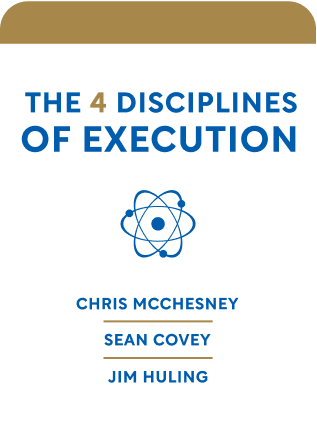

This article is an excerpt from the Shortform book guide to "The 4 Disciplines of Execution" by Chris McChesney, Sean Covey, and Jim Huling. Shortform has the world's best summaries and analyses of books you should be reading.
Like this article? Sign up for a free trial here .
Have you set goals and measures but aren’t sure if they work? Do you need methods for testing goals?
Testing goals is a critical part of ensuring that you have the right goals and measures. Your goals need lead measures that are predictable and influenceable to work.
Read on to learn about testing goals and measures by evaluating sample lead measures.
Testing Goals and Their Lead Measures
Are the following potential lead measures both predictive and influenceable? (Find the answers at the end of the quiz about testing goals.)
1. WIG: Reduce safety incidents from once a month to once every six months by the end of the year.
Lead measure: Comply with safety standards by wearing all six pieces of protective gear 100% of the time on-site.
- Predictive
- Influenceable
- Both predictive and influenceable
- Neither predictive and influenceable
2. WIG: Increase sales from $7 million to $10 million by the end of the year.
Lead measure: Increase monthly sales by $250,000 per month.
- Predictive
- Influenceable
- Both predictive and influenceable
- Neither predictive and influenceable
3. WIG: A school wants to increase the percentage of students who pass a standardized test from 70% to 80% by June 1.
Lead measure: Ask each student to spend an hour a week working with a tutor.
- Predictive
- Influenceable
- Both predictive and influenceable
- Neither predictive and influenceable
4. WIG: A baseball team wants to increase the average number of runs they score per game from 7 to 9 by the end of the season.
Lead measure: Hire a new heavy hitter each week.
- Predictive
- Influenceable
- Both predictive and influenceable
- Neither predictive and influenceable
(Power hitters don’t reliably get on base. If you feel this question was unfair because you don’t know the intricacies of baseball, consider this: in the 1990s, no one in baseball knew this about power hitters either. No one in the industry had ever seriously studied how to get runs. This is a good example of how 4DX might inspire you to challenge long-held but never tested beliefs about what works.)
(Answers: 1. C, 2. A, 3. C, 4. B)

———End of Preview———
Like what you just read? Read the rest of the world's best book summary and analysis of Chris McChesney, Sean Covey, and Jim Huling's "The 4 Disciplines of Execution" at Shortform .
Here's what you'll find in our full The 4 Disciplines of Execution summary :
- The 4 disciplines that can make any strategy a successful reality
- Why a great plan falls apart when you don't think adequately about execution
- The 6 steps you need to scale the 4DX model across an entire organization






